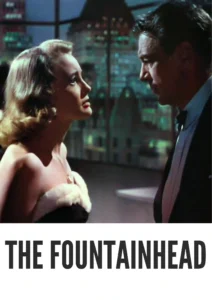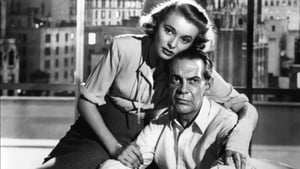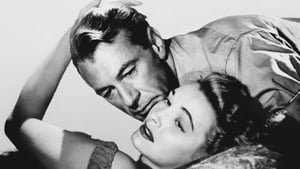Video Sources 0 Views

Synopsis

Step into the world of architectural ambition and personal integrity with The Fountainhead, a compelling drama romance from 1949, now beautifully colorized for a fresh viewing experience. Directed by King Vidor, this film is an adaptation of Ayn Rand’s iconic novel, exploring themes of individualism versus collectivism through the lens of its protagonist, Howard Roark, played by Gary Cooper. This HD download offers a chance to witness a classic that has influenced generations, showcasing the struggle of an artist against societal norms.
The Fountainhead follows the journey of Howard Roark (Gary Cooper), an innovative architect whose modernist designs clash with traditional architectural values. Roark’s unwavering commitment to his vision leads him to face numerous challenges, including opposition from powerful figures in the industry and societal expectations. Alongside him is Dominique Francon (Patricia Neal), a strong-willed woman who admires Roark’s ideals and struggles with her own conflicting desires.As Roark navigates his career, he encounters various characters that embody different societal perspectives, including Peter Keating (Kent Smith), a conformist architect who seeks success at any cost, and Ellsworth Toohey (Robert Douglas), a manipulative critic intent on stifling individual creativity. The film culminates in a dramatic confrontation that highlights Roark’s determination to stay true to his artistic vision, making it a powerful narrative about the importance of integrity in the face of adversity.
The film features an impressive cast that brings this thought-provoking story to life:
- Gary Cooper as Howard Roark
- Patricia Neal as Dominique Francon
- Kent Smith as Peter Keating
- Robert Douglas as Ellsworth Toohey
- Ray Collins as Gail Wynand
The Fountainhead is categorized as a drama romance, infused with philosophical themes that challenge viewers to consider the value of individualism and creativity. Its rich narrative and complex characters make it a significant entry in classic cinema.
Released in 1949, The Fountainhead reflects the post-World War II era’s shifting cultural landscape, where ideas of individualism began to gain prominence. Ayn Rand’s philosophy of Objectivism is central to the narrative, advocating for rational self-interest and the pursuit of one’s own happiness. While the film may not have achieved immediate commercial success, it has since garnered a cult following and is often discussed in relation to Rand’s literary contributions.
This colorized version of The Fountainhead has been meticulously restored using advanced digital techniques that enhance its visual appeal while preserving the film’s original essence. The colorization process involved analyzing the grayscale tones of the original footage and applying appropriate colors to each scene. This careful attention to detail revitalizes the characters and settings, making the story even more engaging for contemporary audiences. While opinions on colorization vary, this approach aims to introduce classic films to new viewers while honoring their legacy.
- : King Vidor
- : Ayn Rand (based on her novel)
- : Henry Sharp
- : William Hornbeck
- : Warner Bros.
- : Warner Bros.
- : 113 minutes
- : MP4
- : HD (1080p)
- : Compatible with most devices, including smartphones, tablets, computers, and smart TVs.
Over time, The Fountainhead has evolved from being a polarizing adaptation to a respected classic that sparks discussions about artistic integrity and individual rights. While some critics initially dismissed it for its heavy-handed philosophy, many now appreciate its ambitious storytelling and strong performances. Gary Cooper’s portrayal of Howard Roark remains iconic, embodying the spirit of an uncompromising artist.
- : What is The Fountainhead about?
- A: The Fountainhead explores themes of individualism through the story of Howard Roark, an architect who fights against societal norms.
- : Is The Fountainhead (1949) based on a book?
- A: Yes, it is based on Ayn Rand’s novel of the same name, which outlines her philosophy of Objectivism.
- : Is this version of The Fountainhead colorized?
- A: Yes, this version has been professionally colorized to enhance your viewing experience.
- : What makes The Fountainhead interesting for fans of classic cinema?
- A: It provides insight into Ayn Rand’s philosophy while showcasing Gary Cooper’s powerful performance as an idealistic architect.
- : What is the download format?
- A: The download format is MP4, compatible with most devices.
- : What resolution is the download?
- A: The resolution is HD (1080p), ensuring a high-quality viewing experience.
Watch The Fountainhead Today!













